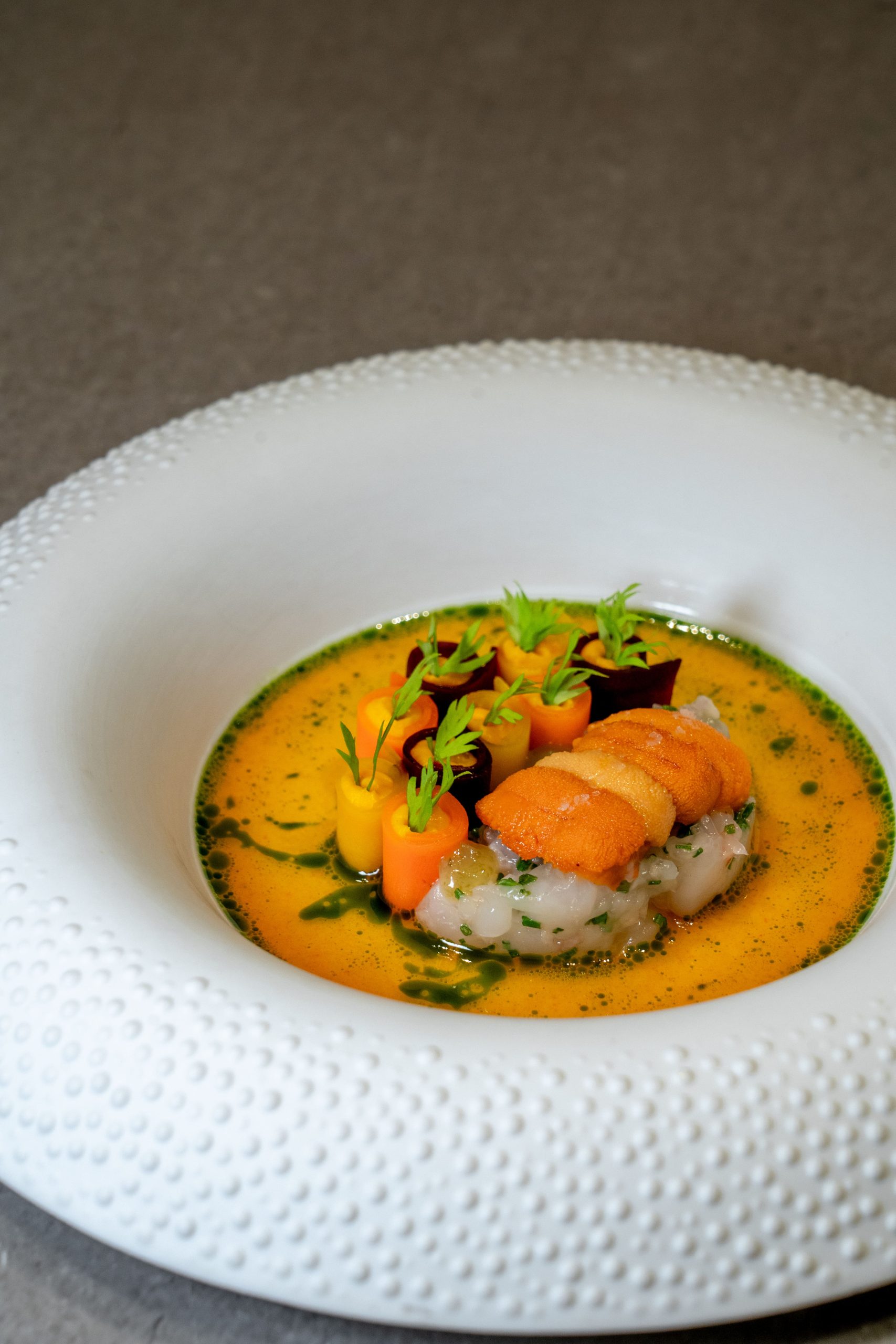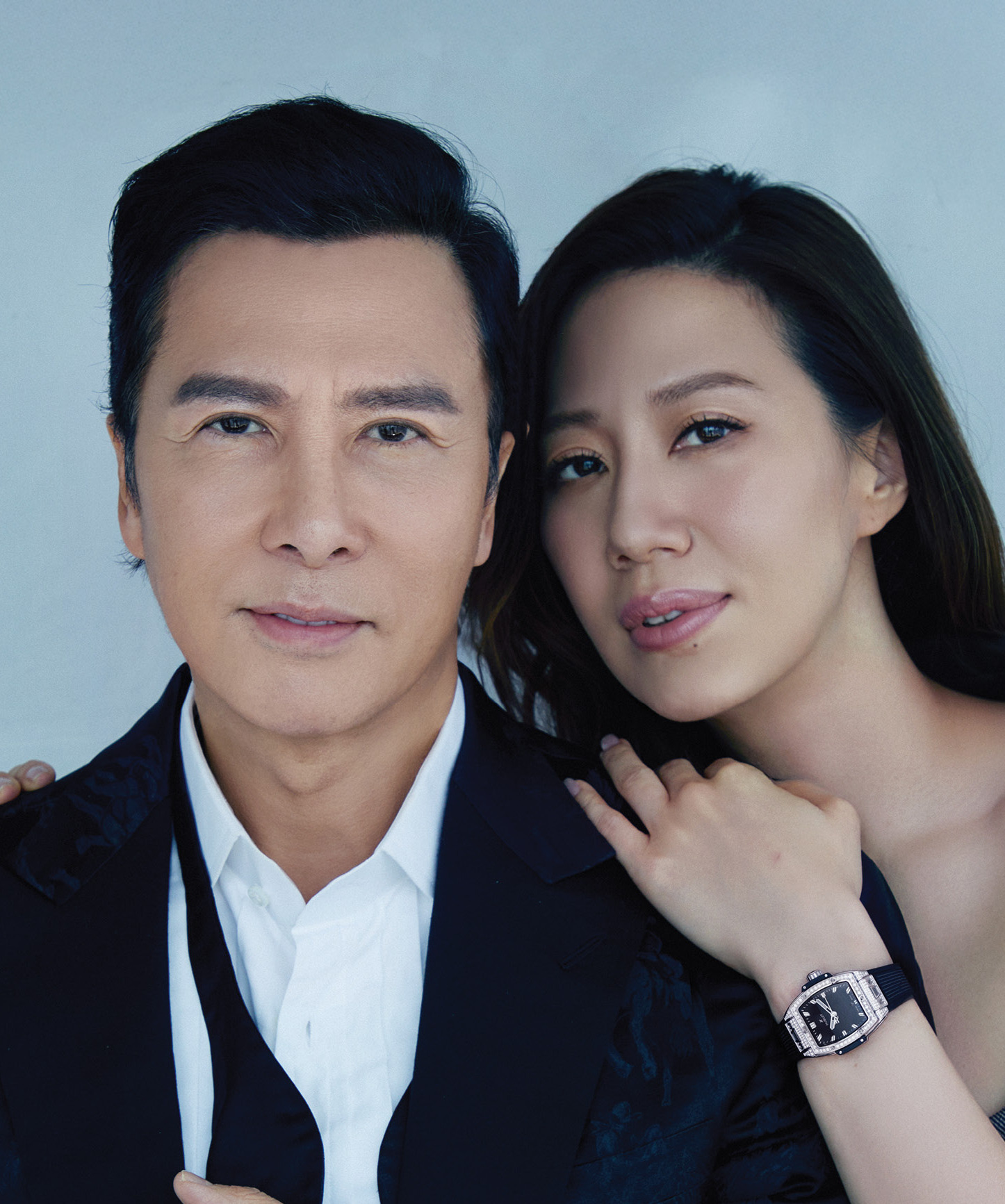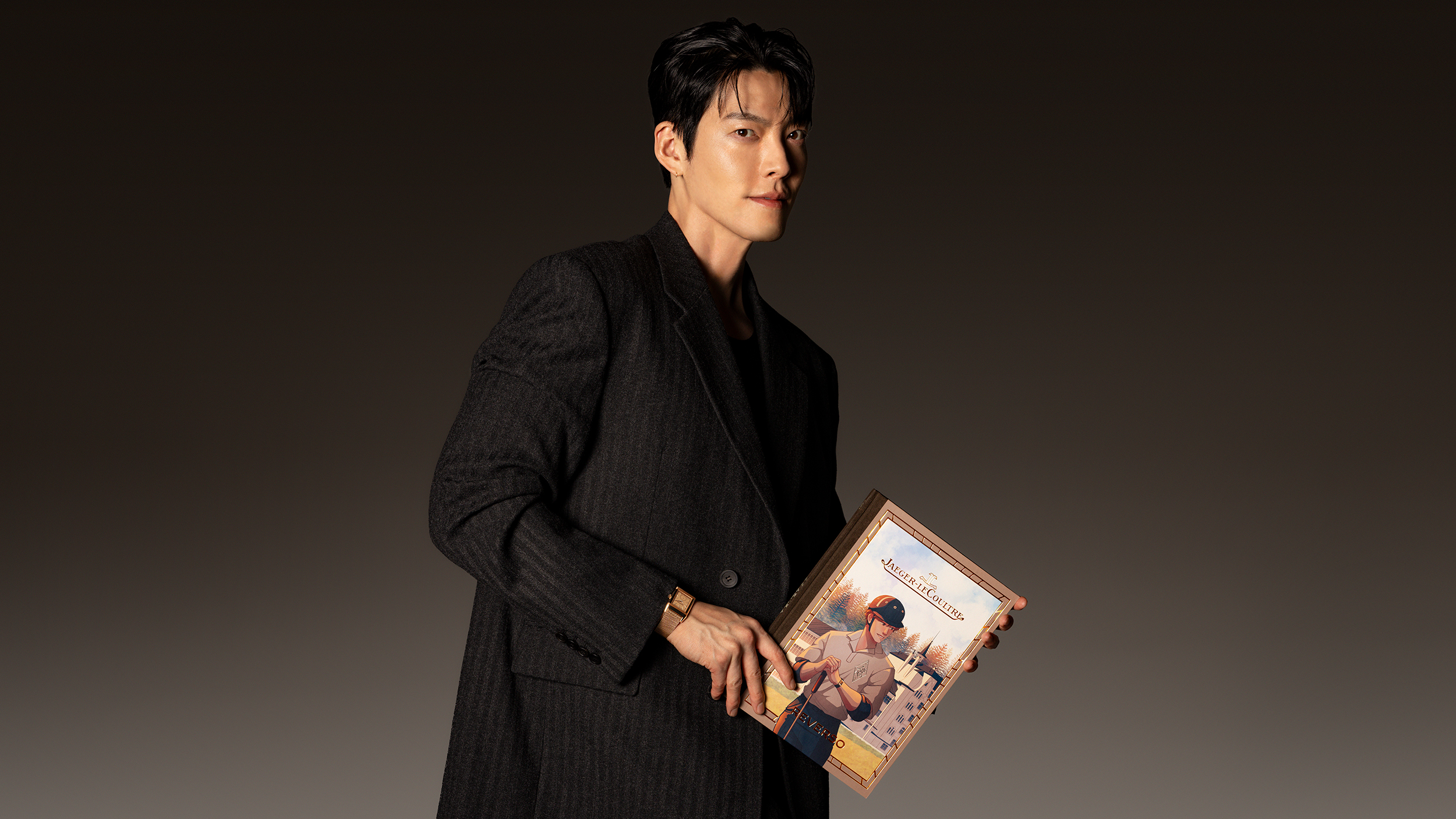Raw, animalistic and psychedelic, Synchrodogs – formed by Ukrainian multidisciplinary artists Roman Noven and Tania Shcheglova – explore the tensions between man and nature whilst pushing the boundaries of photography. The artistic duo talks to Stephenie Gee about finding each other, living an eco-friendly life and why it’s the journey that matters

Roman Noven and Tania Shcheglova’s road to Synchrodogs began far from photography and from each other. Noven, who studied automation processes at university, and Shcheglova, who attended a technical institution, lived in two different cities that were eight hours apart by train. But though the duo didn’t come together till 2008 –when they met on an online photography forum – their respective journeys into the world of photography and art each began when a friend gifted them a film camera years earlier.
Upon meeting, the two instantly formed a bond, both having a curious mind eager for experimentation and an innate interest in nature, which eventually elevated photography from a hobby to a passion that would last a lifetime. Their name, Synchrodogs (“synchro” stands for having the “same tastes, ideas and perceptions in life” and “dogs” reflecting their endless love for nature) is the perfect representation of this and what their works are capable of.
Characterised by merging skin and bones with breathtaking landscapes, Synchrodogs’ shots seek to awaken people’s consciousness when it comes to Mother Earth. But this unique aesthetic that earned them various accolades, including Vogue Italy’s Best Fine Art Photographer and Harper’s Bazaar’s Art Photography award, as well as commissions for fashion magazines such as Dazed, Esquire, L’Officiel and more, wasn’t one that came easily, especially with the overwhelming flow of information that we are exposed to in everyday life.
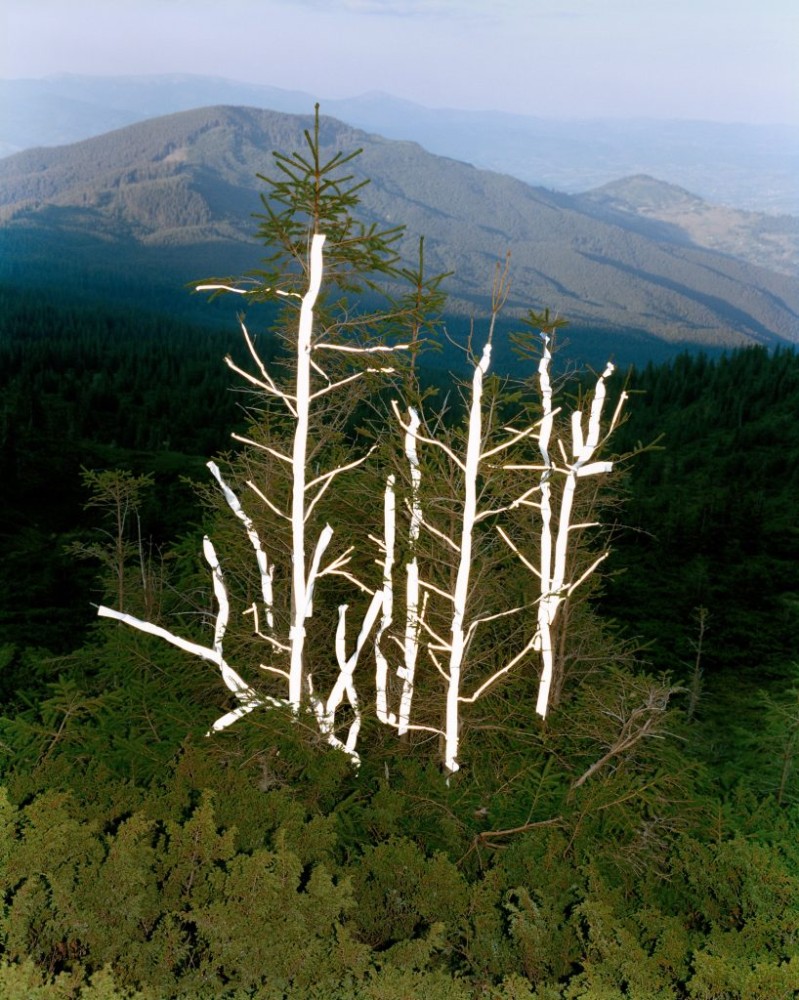
“We always tried not to watch blogs and magazines,” they say. “We wanted to be free from the influence of other people’s visions, as once you see something you cannot unsee it and you never know when it will come out of your subconscious as part of ‘your ideas’ unintentionally.“
So we decided to see as little as possible, and we were busy with practical shooting all the time. It helped us form our own recognisable style, which is now being studied in art colleges and universities all over the world (so we hear regularly from other people).”
Inspired mainly by nature and night dreams, the pair even developed their own lucid dreaming technique to feed their inspiration. “Our own night-time meditation technique we developed over the years mostly deals with catching a moment between wakefulness and sleep,” they explain. “For many years, we have been making notes on all our visions and recreating them via photography and mixed media art afterwards.
Also see: Digital Cover: Derek Chang x Chow Tai Fook
Many of your photographs feature the naked body – what does it represent for you?
Nudity is the purest form of a human, it’s how we all are born, it’s natural. At the same time, “human” is something almost abstract in our art – it’s organically fitting, still irrational, like a tree growing in any direction it wants.
Nature is also a constant in your work – what is the meaning of that and does it in any way link with the nudity? Is there a meaning behind putting the two of them together?
Our art is a reflection of how much we are intertwined with nature – as changing the environment, we change ourselves. It’s about that interdependence and the new ways the Earth begins to look as a result of our interventions into the environmental processes. There is an endless tension between them, still, they have a chance to coexist in more harmony.
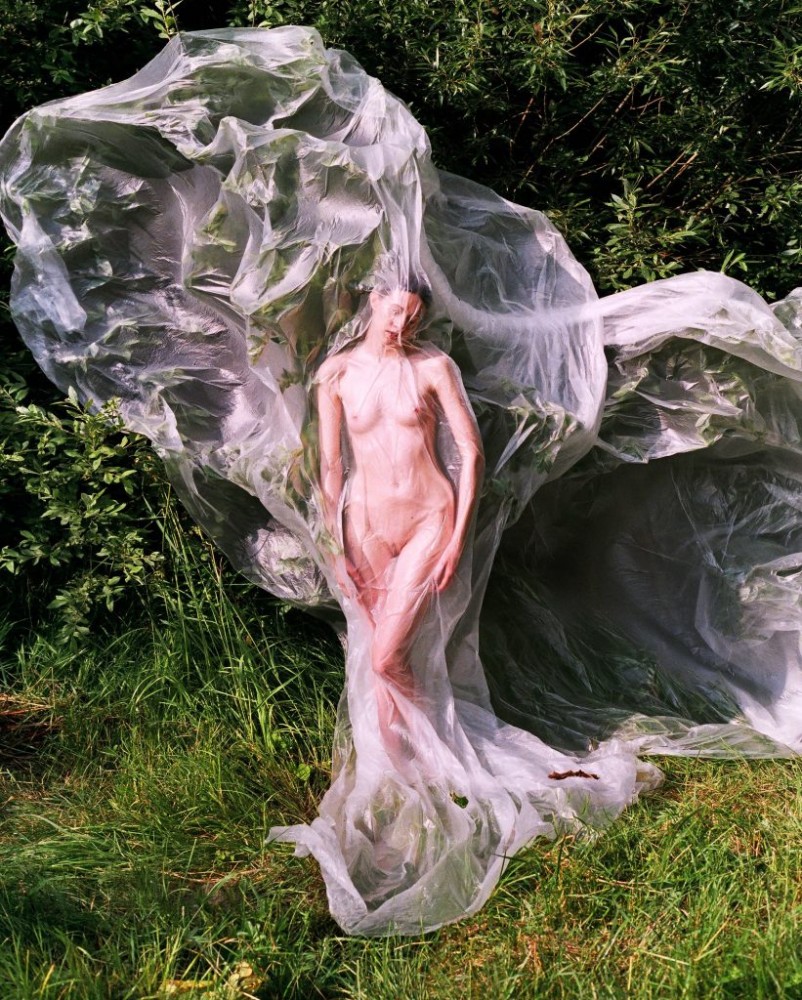
What would be an overarching theme of your work?
Our art stimulates people to live a more responsible and eco-friendly kind of life where they are inspired by nature to an extent of not being willing to do any harm to it. Some things cannot be reversed, but a more appreciative kind of life still can be implemented on the level of every single person, and all those small changes eventually make one big change for the better.
What’s the creative process and chemistry like between the two of you? Do your ideas ever clash?
Ideas don’t clash, that’s basically why we are Synchrodogs. Discussion is simply needed to find the best solution, as perfectionists cannot let things happen half-strength: the results cannot be average, they need to be the best. We often get asked who directs our personal projects, who makes costumes, who works with settings and who finds locations. The answer is all of us, just working non-stop on making our dreams come true.
Also see: When luxury timepieces meet blockchain technology
What responses do you typically get from viewers?
Surprisingly it’s always good feedback. Maybe we were just lucky enough not to meet people who hate our work, but most people say only good things. A lot of them have known us for ages (since the times of Flickr and DeviantArt), and many times artists have told us they got into art after they were inspired by us and our works (that were often viral since 2012). It’s always empowering to hear we had such an influence on somebody’s life.
What would you say was your breakthrough moment?
Throughout our career, we’ve met people like Jakob Feigl (the editor of Neon magazine) and Andrea Gelardin (who used to be the advertising agent of Lady Gaga) who had faith in us and supported us via collaborations, and we are really grateful to them. Then there was a six-year-long collaboration with Bimba Y Lola and recently we got an art book published by Louis Vuitton with editor Patrick Remy. It’s not even the destination, it’s the journey that really matters – it’s what makes people happy eventually.



